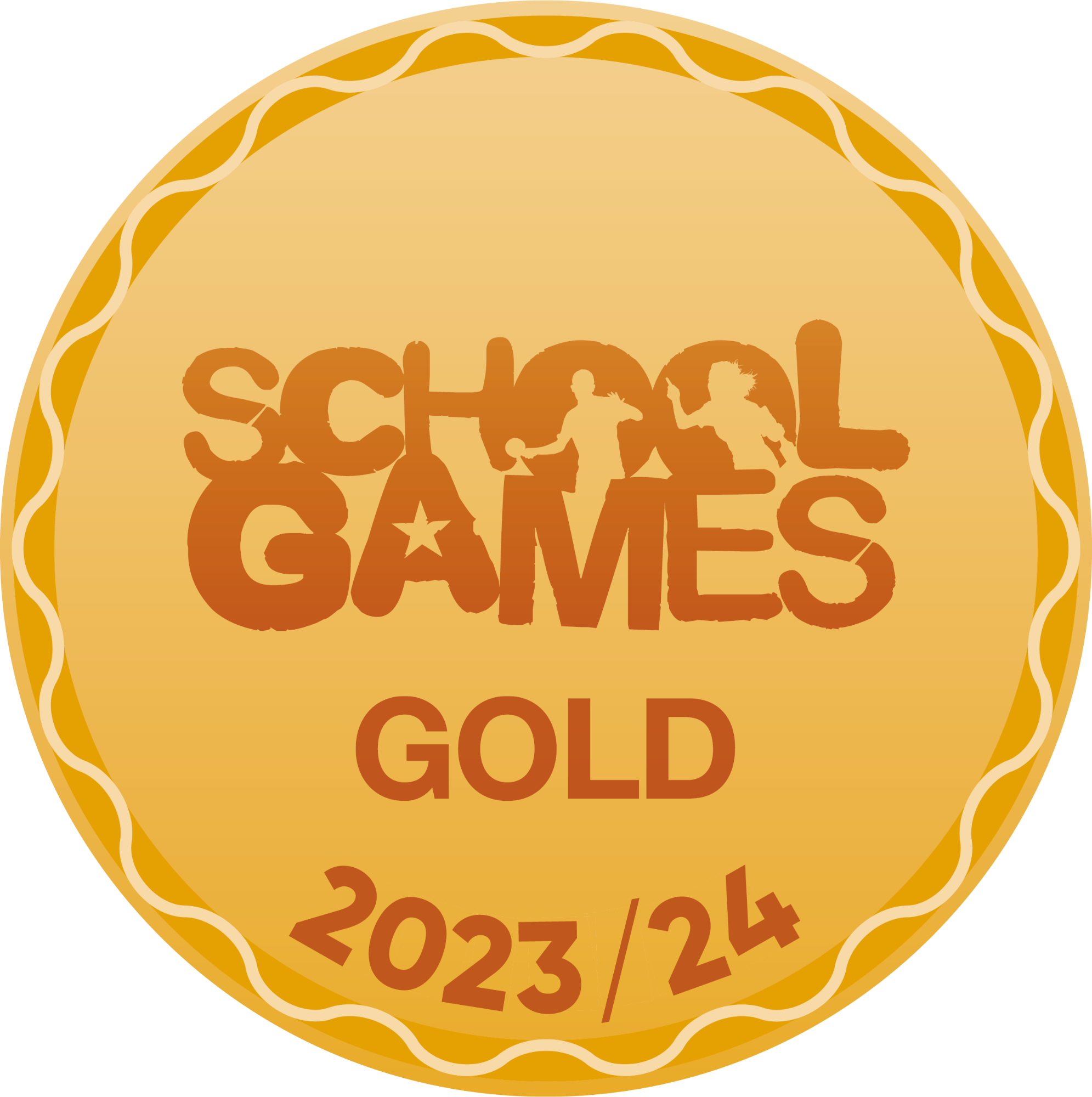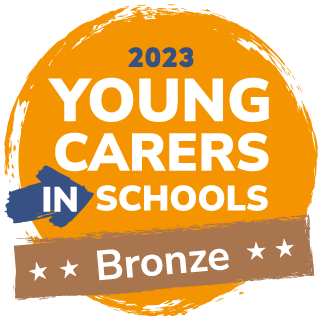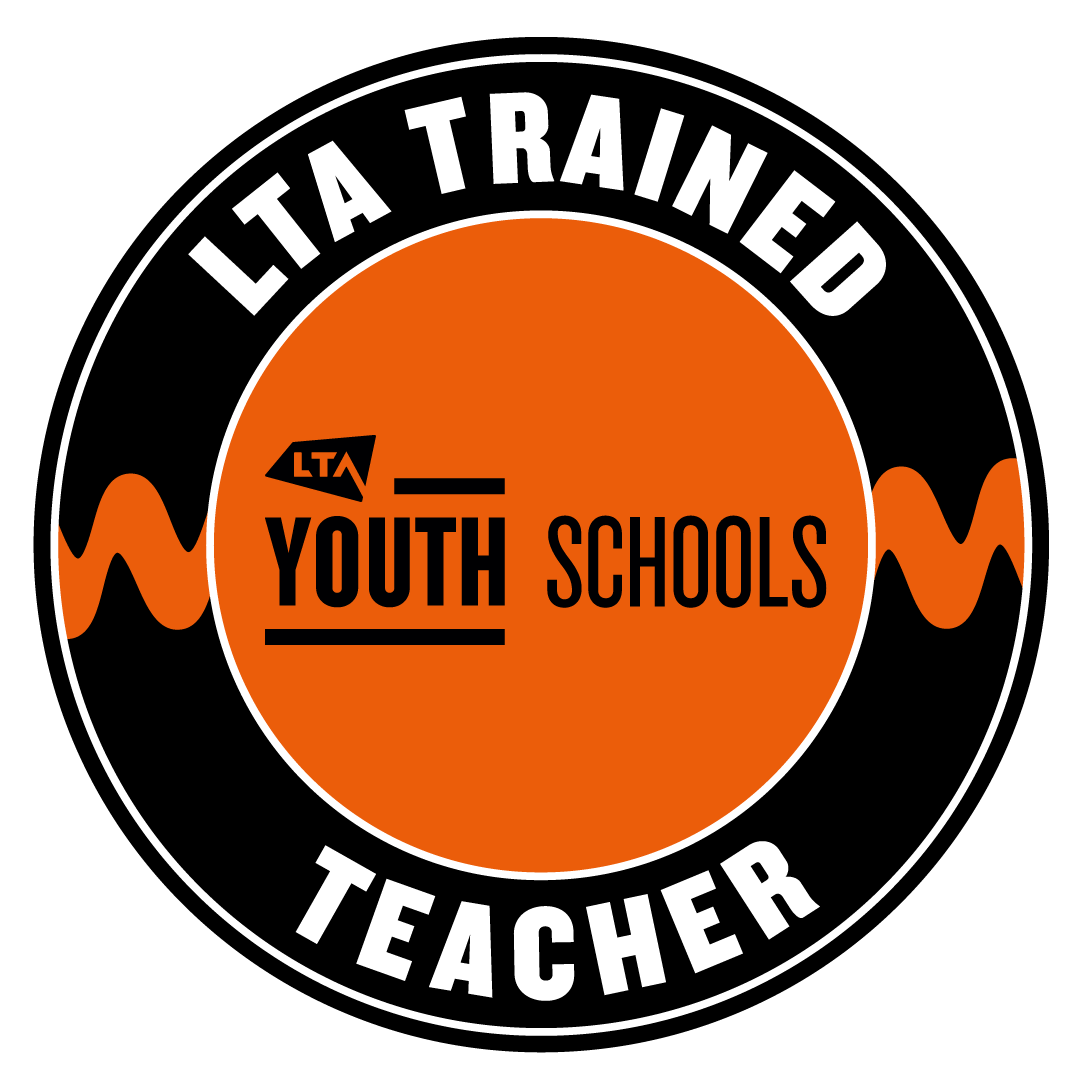Art
“Art washes away from the soul the
dust of everyday life.”PABLO PICASSO
At William Byrd, we believe Art and Design provides children with the opportunity to creatively express and explore through a range of mediums, developing and heightening a variety of inventive and craft skills. Children are given open opportunities to investigate projects of interest using new and existing techniques. Art and Design exemplify the highest form of human creativity, encouraging children to practice such tasks, enabling them to delve into topics of personal interest, making their learning personal and meaningful to them.
During their eight years at William Byrd Primary School our art and design curriculum will inspire every child to achieve and enable them to see themselves as an artist.
As children move through our school, they progressively bank and develop their knowledge, skills, techniques, and methods; exploring new tools, materials, and resources. Children are encouraged to use prior knowledge to experiment with and exhibit their artwork in whole school art exhibitions. Children are encouraged to make cross-curricular links: understanding the science behind the materials, mixing and manipulating resources and the structure of tools, recognising the history and culture of artists and the significance of paintings and artefacts. Teachers encourage children to be critical of their artwork and to experiment with different styles of art based on their research, creating independently as well as in groups.
We promote our Guiding powers through all our lessons, especially Art and Design, encouraging children to be aspirational and curious in their learning, developing new skills and being resilient with challenging tasks and new, unfamiliar tools and materials.
Through their studies in Art, children are developing their cultural capital, learning about a wide range of diverse artists past and present, including the Impressionists, Gustav Klimt, Piete Mondrian, Vincent van Gogh, Willia Morris. Children are exposed to a variety of cultural art such as Indian art and artists, Still Life, Pop art, Greek art and works by significant black artists.
To ensure high standards of teaching and learning in art and design, we implement a curriculum that is progressive throughout the whole school. Art and design is taught in half-termly units using the bespoke art units we have created and focusses on the knowledge and skills stated in the National Curriculum. Each year group focuses on different artist and their core artistic piece.
Our curriculum is structured and designed to address the following key aims:
Expanding knowledge and vocabulary
During their time at William Byrd Primary School, children will...
- Learn to use the language of art and design to describe techniques and evaluate works of art.
- Understand that art can be created for a range of purposes e.g. for pleasure, to mark an event, to capture a moment in history or to make a statement about an issue.
- Understand that art can be represented in a wide variety of 2D and 3D forms.
Developing skills and oracy
During their time at William Byrd Primary School, children will...
- Learn to draw, paint and sculpt with increasing proficiency.
- Learn to work with and control a range of medium e.g. pencil, paint, chalk, pastel and fabric.
- Develop their skills across a range of other artistic techniques e.g. photography & printing.
- Have frequent opportunities to talk about their learning and express their thoughts about this subject (with their teacher and their peers).
Promoting thinking, discussion, questioning and enquiry
During their time at William Byrd Primary School, children will...
- Use their imagination to create a range of art and design pieces using the techniques they have been taught.
- Learn to make decisions about how to construct and design their creations.
- Learn to evaluate and express opinions’ about works of art (their own, their peers and established artists).
- Explore how a work of art can be viewed in many different ways depending on the opinion of the person viewing it.
Making learning real, rich and relevant
During their time at William Byrd Primary School, children will...
- Visit art galleries and understand why art is displayed for the public to see.
- Create their own pieces of art work for a specific purpose e.g. to raise awareness about an issue or to celebrate the beauty of nature.
- Create own art pieces and displaying it in whole school art exhibitions.
- Visit whole school art exhibition and evaluate the work of other pupil-artists.
Encouraging reading and research
During their time at William Byrd Primary School, children will...
- Find out about the work of some of the great artists, architects and designers in history.
- Find out about the work of local, community or regional artists.
- Learn more about the lives and work of artists through information found in books and online.
- Learn more about artistic techniques and methods through tutorials and guides e.g. on YouTube.















